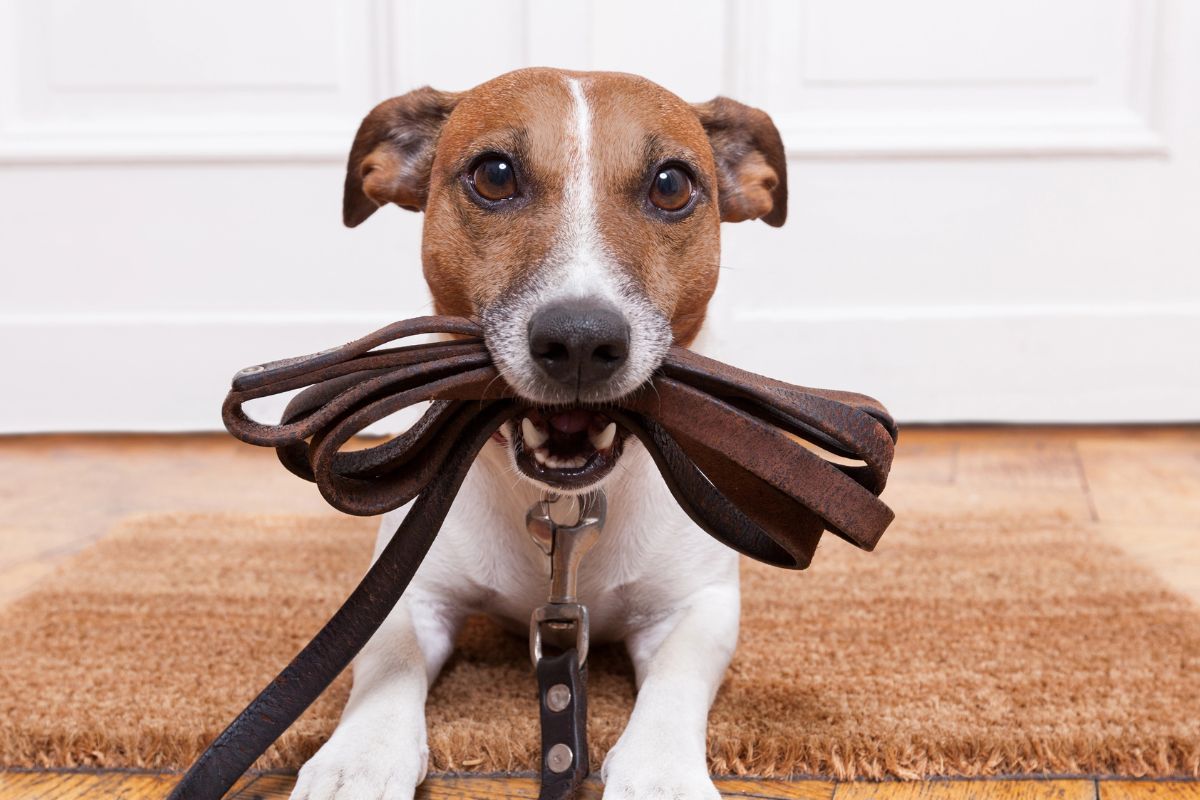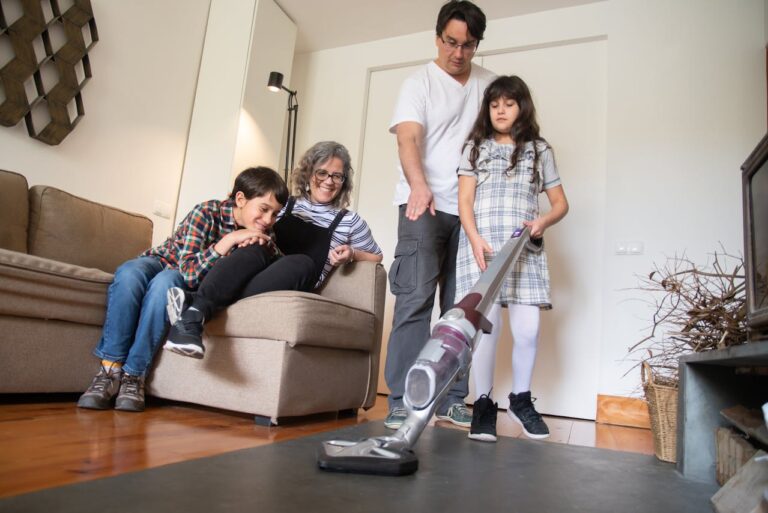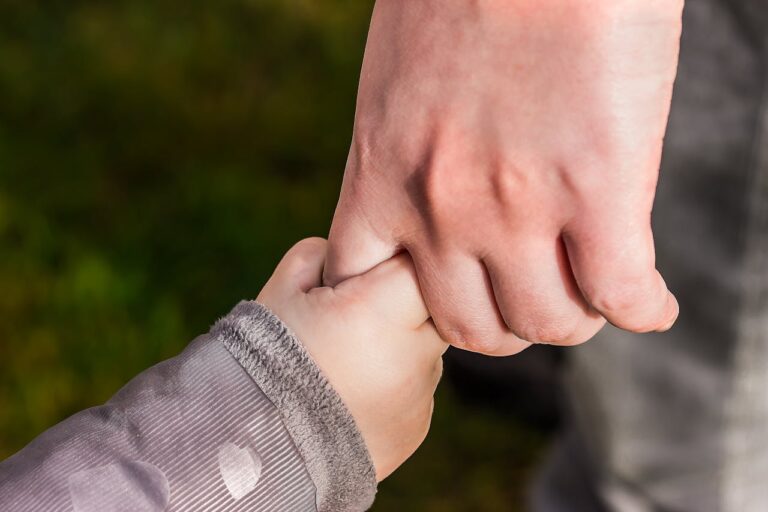10 Signs Your Child Might Be Ready for a Pet: Is It Time to Add a Furry Friend?
Deciding to bring a pet into your home is a big step, especially when you have kids. It’s important to consider whether your child is ready for the responsibility that comes with caring for an animal. Recognizing the signs that your child is prepared can help ensure a positive experience for both them and the pet.
Pets can teach kids valuable lessons about compassion, accountability, and routine. They can also become lifelong companions. As a parent, knowing what to look for can guide you in making this decision.
Shows genuine interest in animals
When your child shows a real fascination with animals, it’s a promising sign. They might ask questions about different pets or express excitement when visiting a pet store.
If you notice your child taking the time to observe animals at a park or on walks, that’s another indicator. It shows they have a natural curiosity and respect for living creatures.
Moreover, if they enjoy reading books or watching shows about animals, this interest can hint at their readiness for a pet. Engaging with animal care topics demonstrates a commitment that’s worth acknowledging.
Comfortable around Pets
If your child is comfortable around pets, that’s a great sign. It shows they can interact safely and positively with animals.
Look for signs that they have fun playing with pets or watching them without fear. This comfort level is crucial for building a healthy relationship with a future pet.
Your child should also show respect toward animals, understanding their space and needs. This respect can lead to a more harmonious home where both your child and the pet thrive.
Respects animal boundaries
It’s important for your child to understand that pets have their own space. When your child respects an animal’s boundaries, it shows they’re ready for a pet.
If they give pets room to move or back off when a pet seems uncomfortable, that’s a great sign.
Teaching your child to recognize when an animal wants to be left alone helps foster a safe and loving environment.
This respect can prevent stress for both your child and the pet, making for a happier home.
Can handle chores independently
When your child can manage simple chores without being reminded, it’s a good sign they may be ready for a pet. If they can put away their toys, help with laundry, or feed themselves, they’re showing responsibility.
Check if they can take care of small tasks like unloading the dishwasher or cleaning their room. This ability reflects their understanding of daily routines.
Being independent with chores also indicates that they can incorporate pet care into their responsibilities. It demonstrates their readiness to take on the extra work that comes with having a pet.
Maintains a routine without reminders
If your child can stick to a routine without needing constant nudges, it’s a good sign they’re ready for a pet. This means they handle daily tasks like brushing their teeth or making their bed on their own.
Showing responsibility in their routines indicates they can manage similar tasks for a pet. Caring for an animal requires consistent feeding, walking, and attention.
When your child can maintain their routine independently, it suggests they’re capable of taking on pet care responsibilities. Keeping a pet is a big commitment, and you want to ensure they’re prepared for it.
Expresses Curiosity About Pet Care
When your child starts asking questions about how to take care of pets, it’s a good sign they’re ready. Curiosity might show through inquiries about feeding schedules, grooming needs, or appropriate playtime.
If they want to learn about different types of pets and their behaviors, that’s another positive indicator. Engaging in conversations about animal welfare can also demonstrate their willingness to take on pet responsibilities.
Encouraging this interest can prepare them for the realities of pet ownership. Be open to discussing what having a pet really means and the daily tasks involved.
Handles Small Responsibilities Well
When your child can take care of simple tasks, it’s a good sign they might be ready for a pet. This includes things like feeding a toy or stuffed animal or keeping their own room tidy.
Watch for how they handle small chores. If they remember to put away their belongings or help set the table, that shows they can manage responsibilities.
These small steps indicate that your child understands the importance of caring for something. If they’re already demonstrating this kind of maturity, they may be ready to take on a furry friend.
Consistently Kind to Animals
Noticing how your child interacts with animals is important. If they show kindness and empathy towards pets or other animals, it’s a great sign.
You can see this in simple ways, like how they treat a family pet or even animals they encounter outside.
If your child approaches animals gently and respects their space, that indicates they understand the needs of living beings.
A consistent pattern of compassion will help ensure they approach pet ownership responsibly. Their kindness is a strong foundation for caring for a family pet.
Understands the Work Involved in Pet Care
It’s important for your child to grasp that having a pet comes with responsibilities. This means feeding, grooming, and cleaning up after the animal.
If your child recognizes that pets need daily attention and care, they’re on the right track.
Discussions about walking dogs or cleaning litter boxes can help them understand the routine.
Ask your child what they think it takes to care for a pet. Their answers can show you if they’re ready to take on this commitment.
Knows the Costs of Pet Ownership
Understanding the financial responsibility of pet ownership is crucial. Pets come with various expenses like food, toys, and grooming. You should budget for regular vet visits and possible emergencies too.
If your child can talk about these costs, it shows they’re thinking seriously about getting a pet. They should know that having a pet is more than just fun; it’s an ongoing investment.
Encourage them to save money for pet supplies and vet bills. This way, they learn the importance of financial planning while preparing for a pet.







